do it yourself water well drilling
You Can Become Self-Reliant By Drilling Your Own Water Well – Here’s How to Get Started and Save Money in the Process.
Our planet is blessed with life-sustaining water, but not all of us have easy access to it. If living in a remote area or running on a limited budget, one might think getting a water well is beyond reach- yet with the correct tools, understanding, and do-it-yourself attitude, anyone can dig their own water well!
Do it Yourself: Drill Your Own Water Well
By drilling your own water well, you can save yourself a considerable amount of financial resources. Traditional companies can demand thousands of dollars for their well drilling services, whereas the supplies necessary to build your own only range from $200 to $2,000 in total, depending on how deep the well is and the characteristics of the soil.
For those seeking independence, drilling your own well provides the ability to break free from municipal water systems and costly bills. Not only is an independent well a source of practical usage, its water can be employed for agricultural purposes, livestock care, or even utilize as cooking and drinking water – that is, assuming its quality is up to standards.
Drilling a water well is not just an element of practicality; it can be an exploration of both knowledge and self. By learning about factors such as geology, hydrology, and plumbing, you can expand your understanding of the world around you. Plus, once the task is accomplished, there’s great gratification in knowing you have successfully built something essential to daily life.
Necessary Tools and Supplies for the Project
To begin your venture, you must acquire the necessary tools and accessories:
For those in search of subterranean sources of water, a water well drilling rig or hand auger can be invaluable tools in the endeavor. From PVC and steel casings to sand, gravel, and well-screens, the necessary elements for successful drilling are ready to assemble – not to mention hand or electric pumps, pressure tanks, and items like plumbing pipes, fittings, and valves.
Depending on where you reside and what your water-related requirements are, you may need to conduct a contamination assay and install a water purification apparatus. Consulting local authorities and industry professionals is paramount if you want to guarantee your well remains compliant with respective laws and is risk-free.
Tap into Water Successfully by Drilling Your Very Own Well
Before beginning your operation, you must identify a proper place to drill. Scope out a zone which has preferable soil characteristics, like sand and gravel, and sidestep spots with rocks or clay. Furthermore, be sure that the area is distant from places such as septic tanks and livestock farms, so as to avert the risk of any pollutants.
Now, begin your drilling activity with the help of a drilling rig or an excavator. Make sure to comply with the instructions from the manufacturer for safe execution of this task. Use protective gear such as gloves and an eye protector for utmost protection. Keep your drilling surroundings organized by pulling out cuttings regularly and add granular materials, like gravel or sand, to the bottom of the hole in order to forestall its collapse.
After you have reached your goal depth and confirmed the presence of water, it is time to put in the casing and screen. The casing will form an armoring encasing around the well, so that it won’t collapse. On the other hand, the screen will act like a filter, guarding against any dirt and sediment from entering. Adding more gravel and sand around the casing will give it even more fortification.
With the pump, pressure tank, and other plumbing elements in place, the next step is to perform a flow rate and water quality test on the well. If required, you may have to fill the pump pipes with water and remove the air from the system before running the test. To ensure that all procedures are completed accurately and safely, we recommend staying within prescribed guidelines and seeking professional advice when necessary.
The adventure of drilling your own water well promises tremendous rewards, from the satisfactions of crafting your own self-sufficiency to the long-term savings such an investment can produce. However, safety must always be a priority, as should adherence to regulations and sure that your efforts are up to code. With some research and expert consultation, you can gain access to fresh, trusted supplies of H2O and relish in what your hard work creates.
-
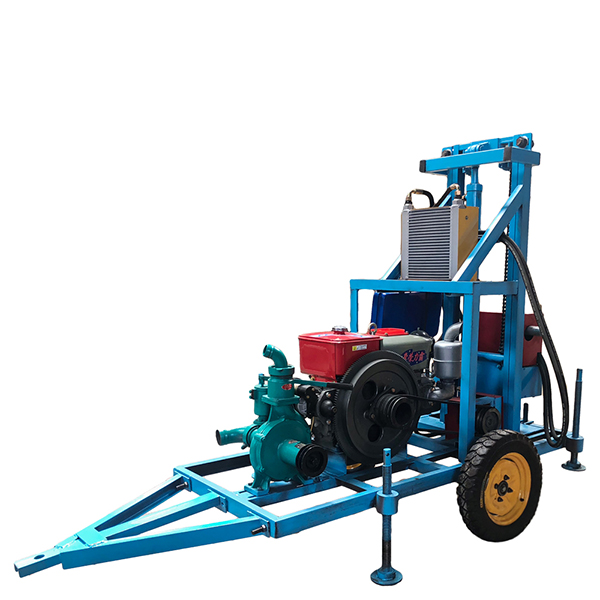 Diesel 22HP180View More >
Diesel 22HP180View More > -
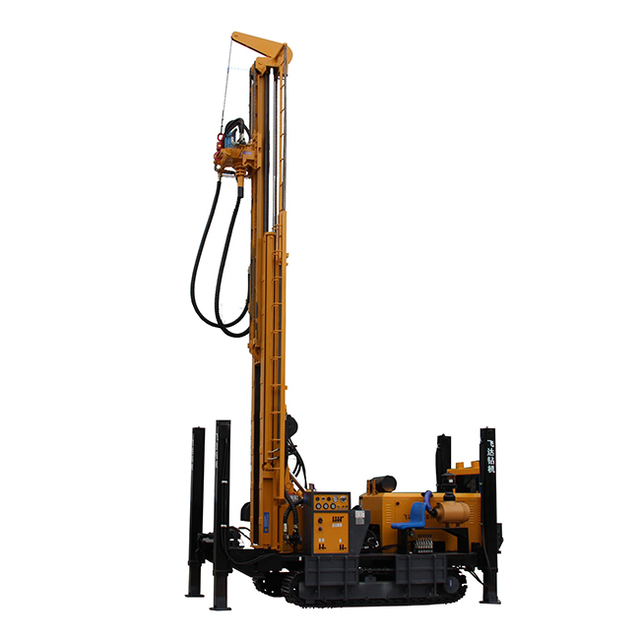 FY500 Water Well Drilling RigView More >
FY500 Water Well Drilling RigView More > -
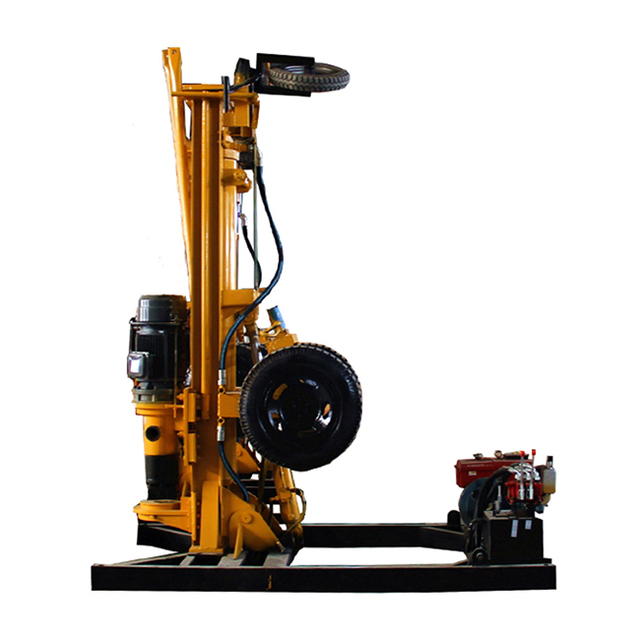 KQZ200D Shelf Drill Water Well Drilling RigView More >
KQZ200D Shelf Drill Water Well Drilling RigView More > -
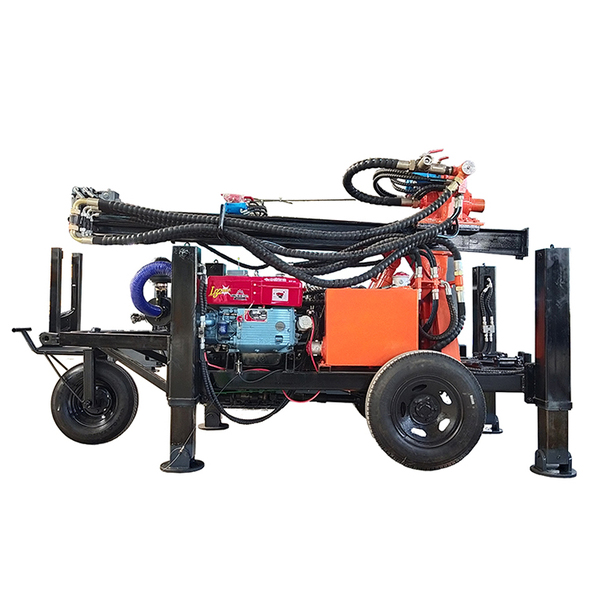 FY130 Water Well Drilling RigView More >
FY130 Water Well Drilling RigView More > -
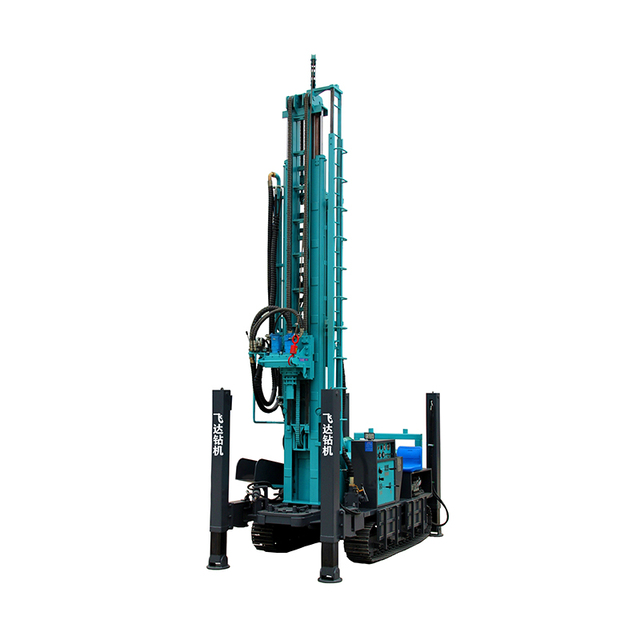 FY350 Water Well Drilling RigView More >
FY350 Water Well Drilling RigView More > -
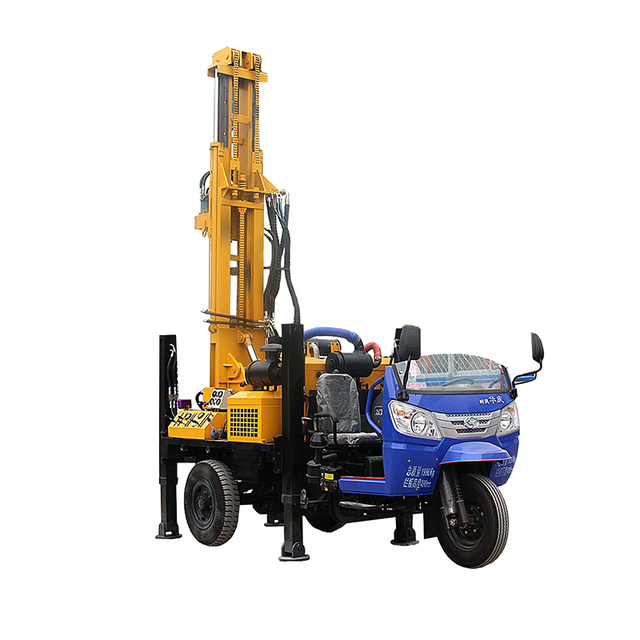 FYL200 Water Well Drilling RigView More >
FYL200 Water Well Drilling RigView More > -
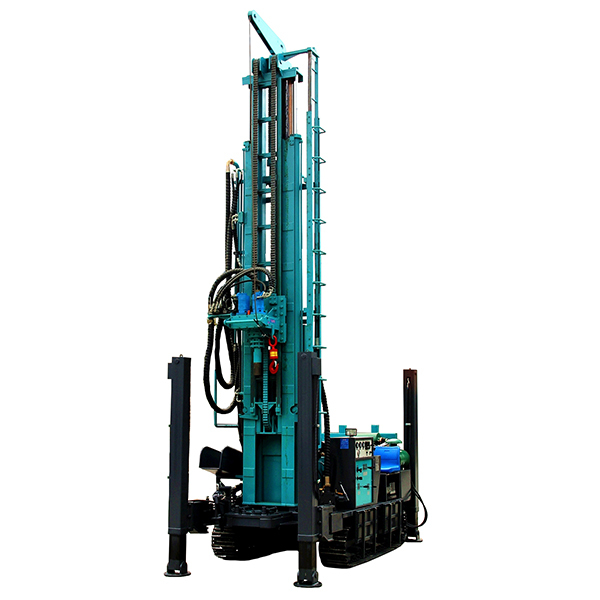 FY380 water well drilling rigView More >
FY380 water well drilling rigView More > -
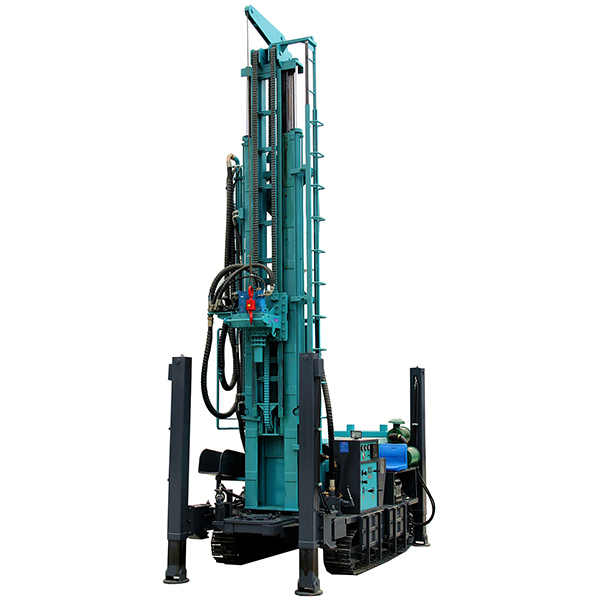 FY450 Water Well Drilling RigView More >
FY450 Water Well Drilling RigView More > -
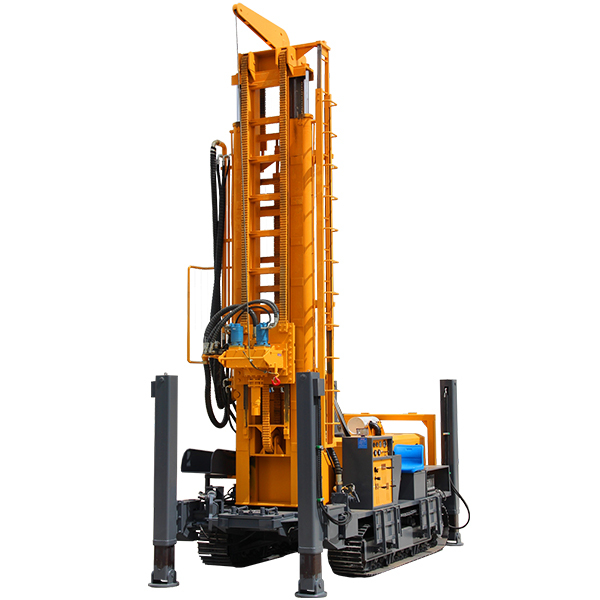 FY680 Water Well Drilling RigView More >
FY680 Water Well Drilling RigView More >
Warning: Use of undefined constant rand - assumed 'rand' (this will throw an Error in a future version of PHP) in /www/wwwroot/www.sunritawdr.com/wp-content/themes/msk5/single.php on line 65
-
cheap water well drilling machine
-
water well drilling in the 1950's
-
aaa water well drilling
-
water well drilling equipmen
-
water well drilling companies saskatchewan
-
drill your own water well part 2
-
how to drill a shallow well with water
-
water well drilling shelby m
Warning: Use of undefined constant rand - assumed 'rand' (this will throw an Error in a future version of PHP) in /www/wwwroot/www.sunritawdr.com/wp-content/themes/msk5/single.php on line 123


